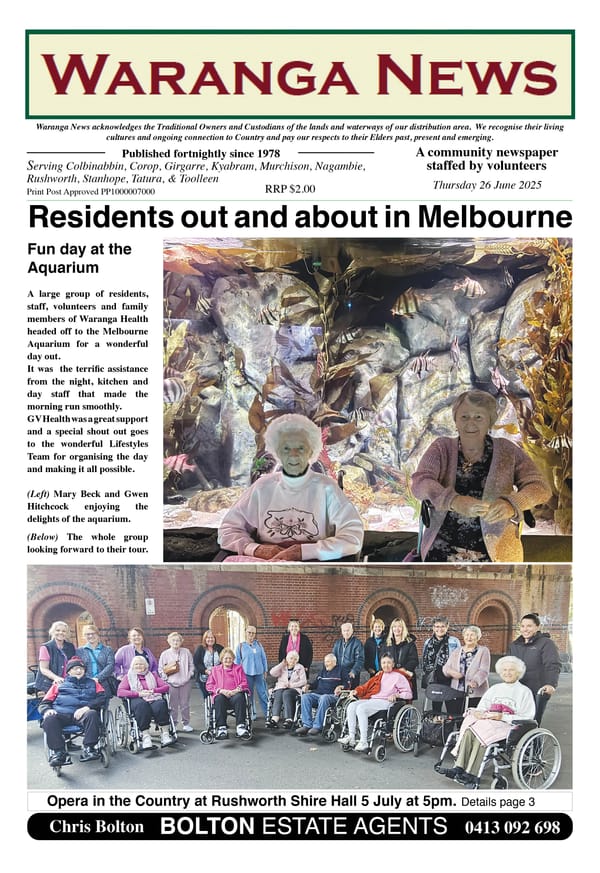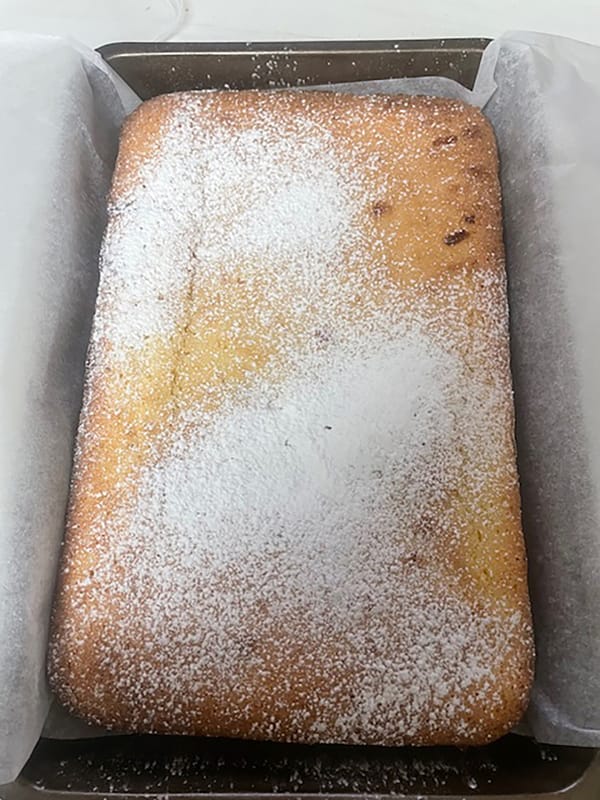3. An expert with the boomerang

During his life “King John”, the Aboriginal man born in the new town of Rushworth in 1855-6, developed his skills in boomerang manufacture and throwing to help provide him with an income. When he was interviewed for a front-page article in the Melbourne “Herald” in 1913, he explained that the “tribe’s weapon of war and defence was much larger and longer, and did not return to the thrower like the one known nowadays.”
He considered the returning boomerang was “merely a toy with the young bloods of the tribe”, rather than a weapon that was useful for hunting or fighting. Nevertheless, he perfected the art of constructing returning boomerangs, which were sold and used in public displays.
DISPLAYING TRADITIONAL SKILLS
Around the start of the 20th century, when King John was in his 40s, it was not uncommon for Aboriginal people to display some of their traditional skills in public. These skills often included spear and boomerang throwing and fire lighting, and would be performed as a novelty at agricultural shows, sports carnivals, football matches and so on.
Healesville Athletic Club, which ran sports carnivals on Boxing Day and at Easter, even included such events in their regular program, largely because of the close proximity to the Coranderrk Aboriginal settlement. Some of the people from Coranderrk (which began in 1863) had their origins in the Goulburn Valley and Waranga areas.
King John was prominent in participating in displays of traditional skills, which supplemented his income. He had given numerous exhibitions at city and bush events, and “his exhibitions always draw a crowd.”
A MISCALCULATION
On one occasion, King John was giving a boomerang throwing exhibition at half-time at a city football match. It is not hard to imagine the scene at one of the old suburban VFL grounds. As a special new trick to impress the crowd, King John thought he would attempt to catch the returning boomerang in his mouth.
However, he miscalculated the speed of the returning boomerang, which struck him across the nose and mouth, led to a few days in hospital and left some prominent scars as a permanent reminder.
FOOTBALL MATCHES
Around the same time, social footy games between Aboriginal teams and local teams were not uncommon and drew large crowds. For instance, a 1900 game at Coburg pitted an Aboriginal team from Healesville/Coranderrk against a local team drawn from Coburg and Moreland. A staggering 2000 people attended the game, in which the Aboriginal team was captained by E McDougall, also known as “King Billy”. It is no surprise that the crowd were thrilled by the speed and skills displayed the Aboriginal men, as we are today.
That “King Billy” (not directly connected to the one from the Rushworth area) was reputed to be the oldest Aboriginal man in Victoria at the time, although his age was not reported. He and W Abbott put on a boomerang throwing display at half-time.
Another match, between the men from the Aboriginal reserve at Cummeragunja, near present-day Barmah, and South Bendigo, took place in Bendigo in 1901, with the Cummergunja men playing barefoot. Again, there was a boomerang throwing exhibition at half time. So, our “King John” seems to have been part of a group of men who kept their culture alive by putting on these displays.
THE TITLE “KING BILLY”
In the “Herald” article, King John did not want his European name used, perhaps out of modesty. However, he did say that he could be referred to as “King John” because that was his grandfather’s name. He also indicated that he was entitled to be referred to as “King Billy” because he was “the last of the tribe”. The name “King Billy” comes up regularly in Aboriginal history post European colonisation. Maybe it was a generic term which was applied to the men who fell into that category.
Reference: Melbourne “Herald” 3.10.1913; Healesville and Yarra Glen Guardian 15.7.1900



